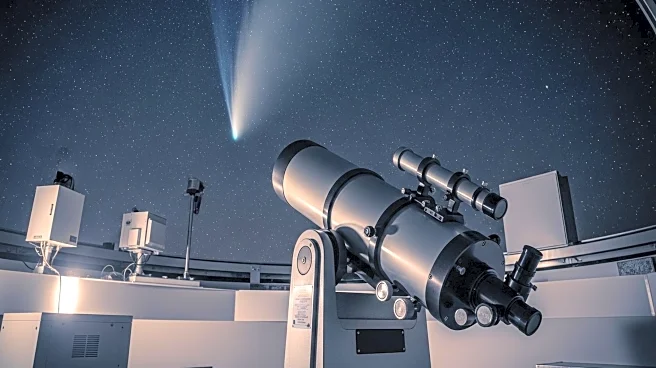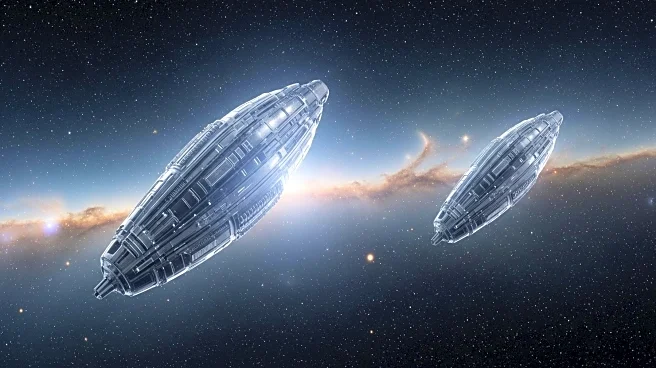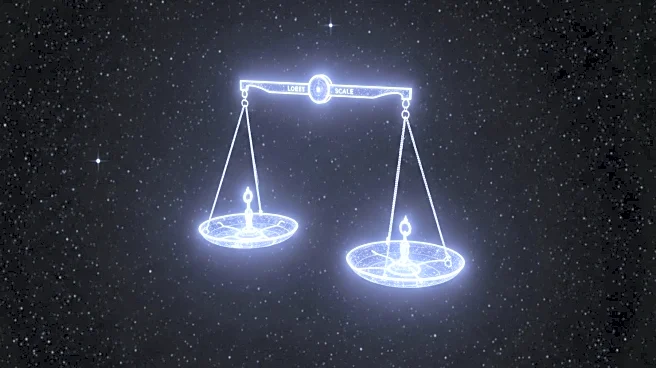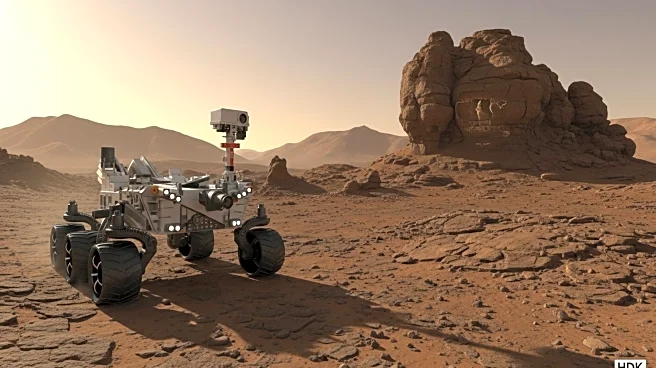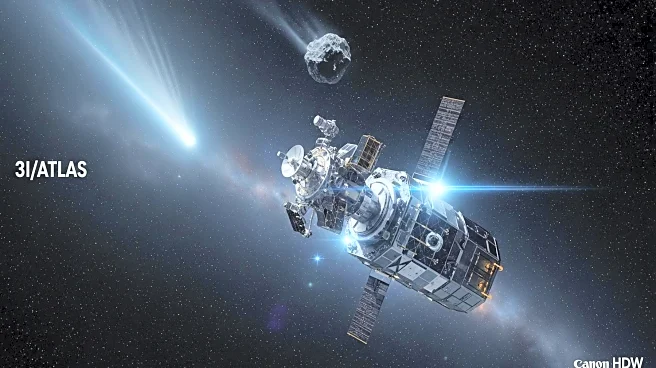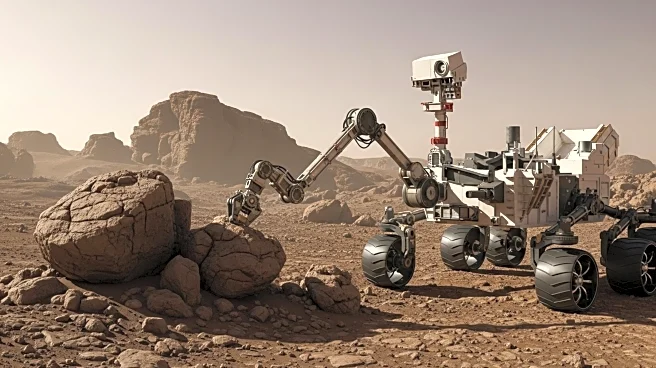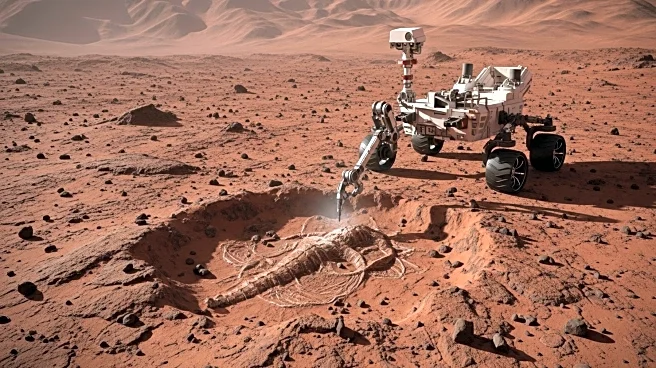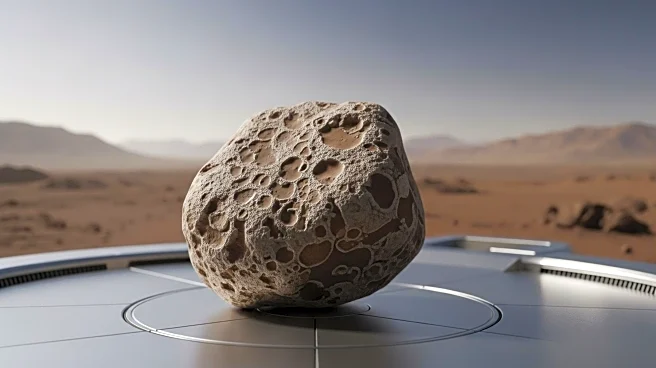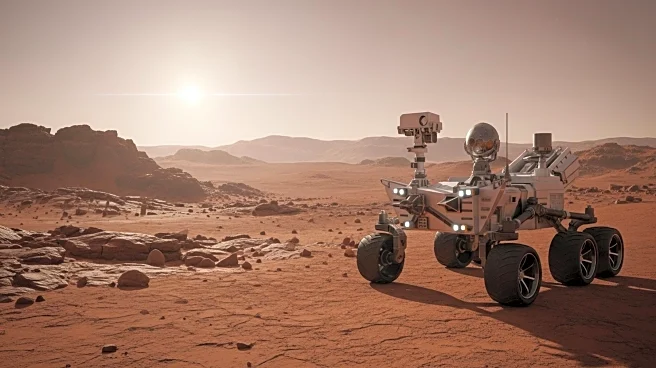What's Happening?
NASA has refuted a hypothesis proposed by Harvard astronomer Avi Loeb, who suggested that Comet 3I/Atlas, an interstellar object, might be an artifact from an alien civilization. Loeb's theory, which he admits is speculative, was based on the comet's unusual trajectory and lack of typical cometary features. Despite the intriguing nature of the hypothesis, NASA's experts, including Tom Statler, have confirmed that the object behaves like a natural comet, showing no signs of being artificially made. The comet, discovered by the Atlas survey telescope, is set to pass close to Mars and poses no threat to Earth.
Why It's Important?
The debate highlights the scientific community's interest in interstellar objects and the potential for discovering extraterrestrial life. While Loeb's hypothesis has sparked curiosity, NASA's dismissal underscores the importance of evidence-based science. The incident also reflects the broader scientific process of challenging ideas and exploring possibilities, even if they seem unlikely. This discourse can drive further research and technological advancements in space exploration, benefiting scientific understanding and public interest.
What's Next?
NASA will continue to monitor Comet 3I/Atlas as it travels through the solar system, providing valuable data on interstellar objects. The scientific community may also explore new methods for detecting and analyzing such objects, potentially leading to future discoveries. Loeb's hypothesis, while not supported by current evidence, may inspire further theoretical and observational studies in the search for extraterrestrial intelligence.
Beyond the Headlines
The discussion around Loeb's hypothesis raises questions about the balance between scientific skepticism and open-mindedness. It also highlights the role of public engagement in scientific discourse, as sensational claims can capture public imagination and drive interest in space exploration. The incident may prompt discussions on how scientists communicate speculative ideas to the public and the media.
